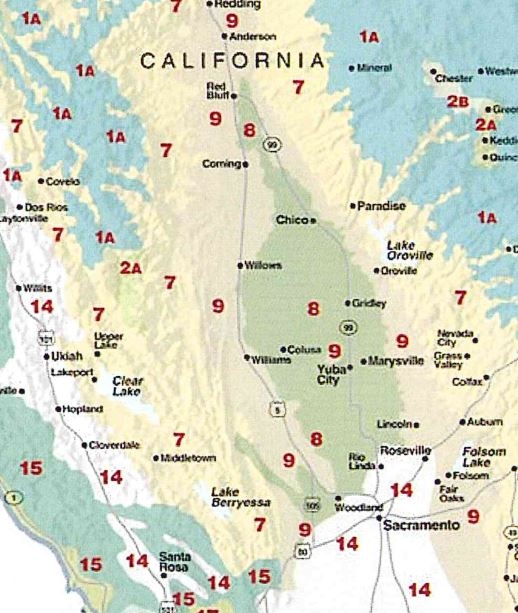Apr 27, 2015
What exactly is sustainable landscaping?
In a nutshell, it involves selecting plants that are adapted to your climate and microclimate and implementing maintenance practices that reduce water waste, protect water quality, nurture soil, recycle organic matter, incorporate integrated pest management, (IPM), protect and encourage desirable wildlife, and conserve energy.
- Choose plants recommended for your climate and microclimate.
- What is your climate zone? Sunset magazine develop the Sunset climate zones many, many years ago. It takes into consideration more factors than the USDA plant hardiness zones. What is your Sunset zone?
- So, what is a microclimate? My house sits in Sunset climate zone 8 but the front and back of the house are very different. For example, the front of my house has a very large tree and it is shady, dark and cool in the summer. I would never be able to grow sun loving plants like marigolds but my ferns thrive there. Another example would be my backyard. In my backyard there is NO shade! In the summer, it's hotter than a firecracker back there. In this case I would never be able to grow ferns but the marigolds would do well and be very happy. What are your microclimates?
- Avoid invasive plants! Many times these plants are great drought tolerant plants but they survive and spread on their own without human assistance. Some invasive plants (that can be found in stores) are Mexican Feathergrass (Nassella or Stipa tenuissima), Green Fountain grass (Pennisetum setaceum), Highway iceplant (Carpobrotus edulis), Pampas grass (Cortaderia selloana), Capeweed (Arctotheca calendula) and Big Leaf Periwinkle (Vinca major), Scotch Broom (Cytisus scoparius). For more information contact www.plantright.org/regions
Topics:
